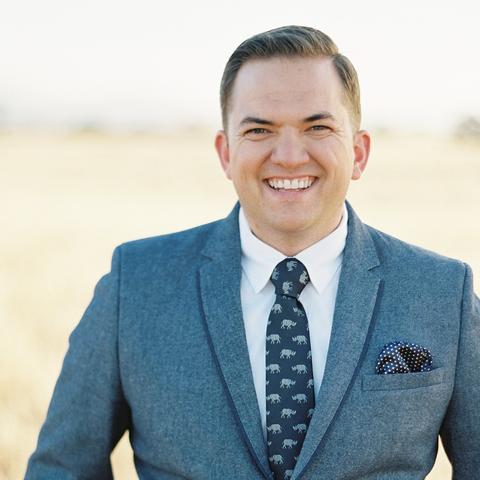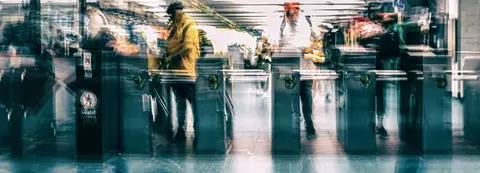You’re obsessed with fare collection?
It’s a question you’re not asked, but I am. I get it, it's strange, but hear me out. What one thing do you do every day? You move! You go places, people come to you, that Orange Chicken you just ordered on Door Dash that must move to get to you too.
Next to the air we breathe or food we eat, no one thing touches our lives every day like transportation. That quote by the way is from 1868. We’ve all been moving for a while now.
Let me skip the soap box speech of why transit is the absolute best. You know that whole equity, job access, climate change, housing over parking, life blood of the city thing. I’ll jump straight to fare collection. Also known as paying for your trip on the bus. Other than the bus showing up, it’s the second most important thing that a transit agency does - and it’s hard. Not just for you but for the agency. You’ve got to make sure you have cash on you. The agency must take the cash off the bus.
You want to buy a monthly pass? You have to take a bus downtown to buy that pass - not good. Before 1997 in New York there was no way to pay for the bus and the subway at the same time. You had to have quarters to pay for the bus, and then a token for the subway. The Spice Girls debuted before that happened. "I’ll tell you what I want, what I really, really want" - a MetroCard, zigazig!
When New York MTA debuted the MetroCard system in 1997 in a single year, they saw a 137 million increase in overall ridership. 17% subway ridership increase in the Bronx and Brooklyn alone. Just by making it easier to pay for both the bus and the subway. Think that’s an outlier? Nope.
Transport for London estimates that they see a 5% increase in ridership at a station every time they add that station to their fare collection system Oyster. TransLink in Metro Vancouver has recorded 4 - 6% increases in ridership each year since the launch of the Compass Card system.
What I do really hit me personally when I was riding the bus in Medford, Oregon. It’s a town that’s as small as it sounds. I was there researching how passengers interacted with their fare collection system.
I asked a young man, early 20s probably, “What do like about using your smart card?”
When he responded, you could tell he had special needs. He was confused why I asked, but who wouldn’t be!?! He was kind enough to respond to the crazy person asking.
He said, “Well I don’t have to worry about losing my card. I haven’t lost my card because I keep it my lanyard. When I tap my card (on the validator) it tells me how much money I have left in my account. When I get close to running out, I tell my mom to go online and add more money.”
That small card gives him so much independence because of fare collection.
Why do I do what I do?
So that people that have enough difficulties in their life don’t have to add the way they pay for the bus to the list. Our technology makes an unnoticeable difference in people’s daily lives:
- Removing hassle of reaching for cash
- Not having to worrying about losing your card because it can be replaced
- Saving time paying with your phone
- Having a month pass instead of buying a token every day
These things only save a few seconds. But the thing is every second in someone’s life matters. It is amazing to be a part of a team that makes a difference in so many people’s daily lives as they go to work, to school, to see loved ones across the United States and around the world.
That’s why I do what I do.
Follow the #whywedo conversation on Twitter to hear from more Cubes on why they do, what they do in their role at Cubic Transportation Systems.
Sean Walcott is a Channel Sales Manager at Cubic Transportation Systems. He has worked in the transportation industry for five years, gaining experience in business development, strategy, and project management. His focus is on providing fare collection solutions to small and mid market transit agencies. He is passionate about the impacts of our technology has on the daily lives of passengers and the communities we serve. Sean is originally from Wisconsin, from a town is too small worth mentioning. He is currently an MBA candidate at the University of San Diego and has recently discovered that statistics is not his strong suit. His one fun fact about himself that he'll find a way to mention within minutes of meeting you is that he used to be a zoo keeper; favorite animal: rhinos. Connect with Sean on twitter @SeanWalcott.




